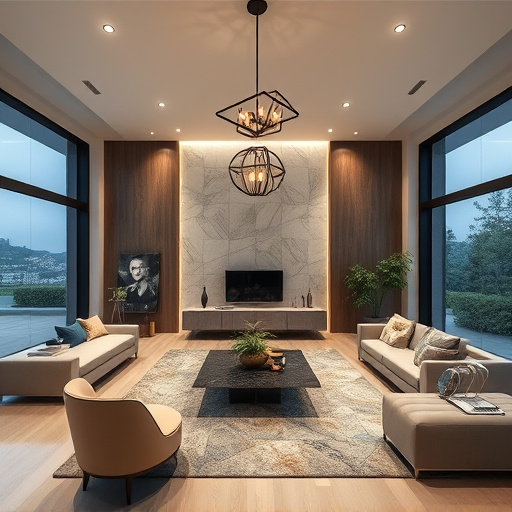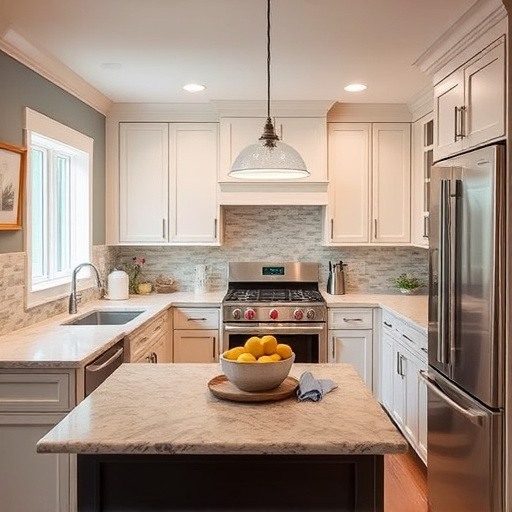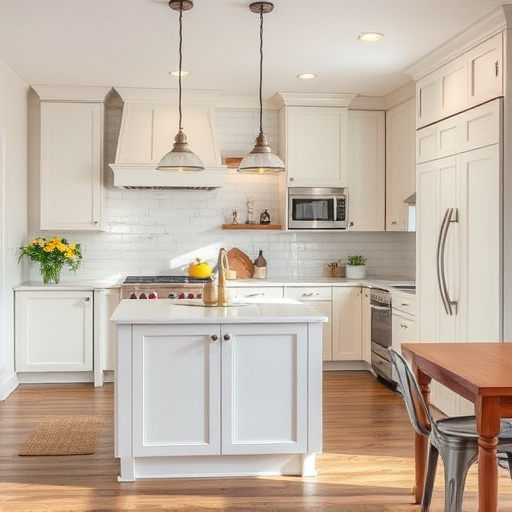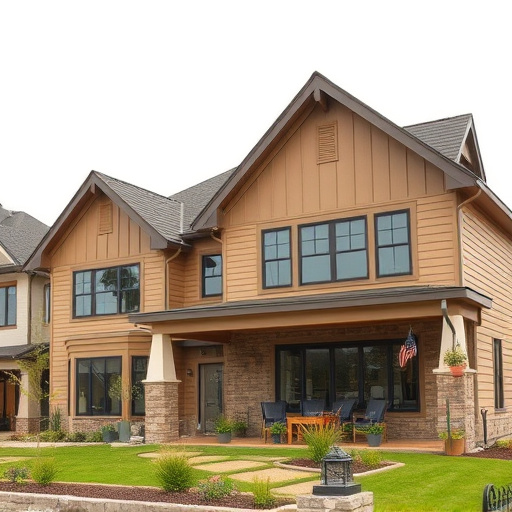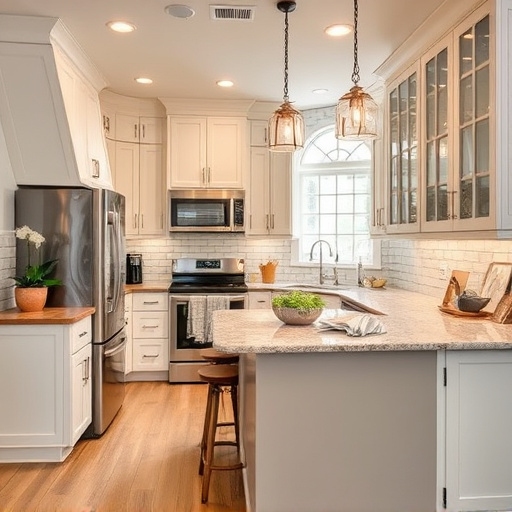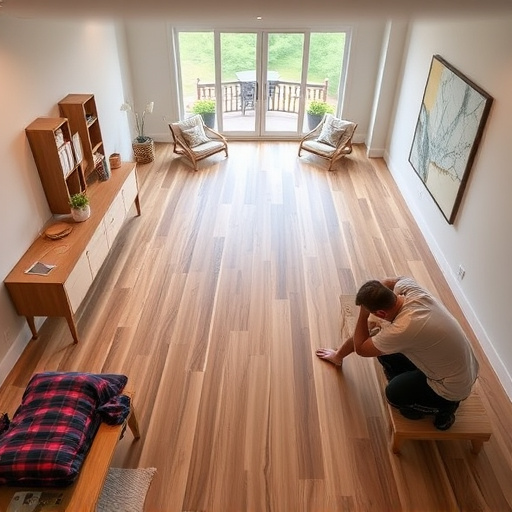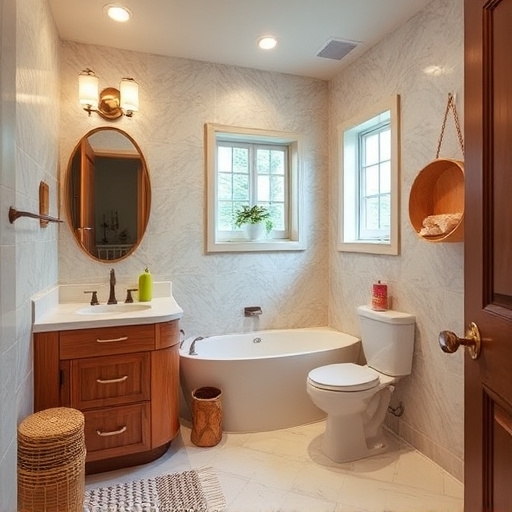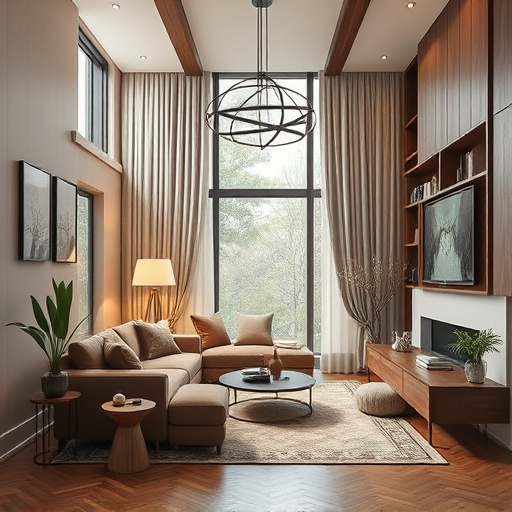Branding in commercial remodeling goes beyond aesthetics, guiding design choices and creating immersive atmospheres that align with a company's story and resonate with audiences. Unconscious brand associations shape preferences for styles, influencing architectural elements and aesthetics. Strategic design integrates brand identity into spaces, using physical elements to represent values, personalities, and experiences, such as open floor plans or vibrant palettes, enhancing customer engagement in commercial remodeling.
In the competitive world of commercial remodeling, branding plays a subtle yet powerful role. This article delves into how strong brand identities influence design choices, transforming spaces into more than just functional areas. We explore the psychological impact of brands on clients and contractors alike, revealing unconscious biases that shape preferences. Furthermore, we discuss strategic integration of brand identity into remodeling projects, showcasing how designers can enhance aesthetics while reinforcing a company’s unique personality in its physical environment.
- Understanding the Power of Branding in Design
- Unconscious Bias: How Brands Shape Remodeling Preferences
- Strategic Choices: Integrating Brand Identity into Spaces
Understanding the Power of Branding in Design
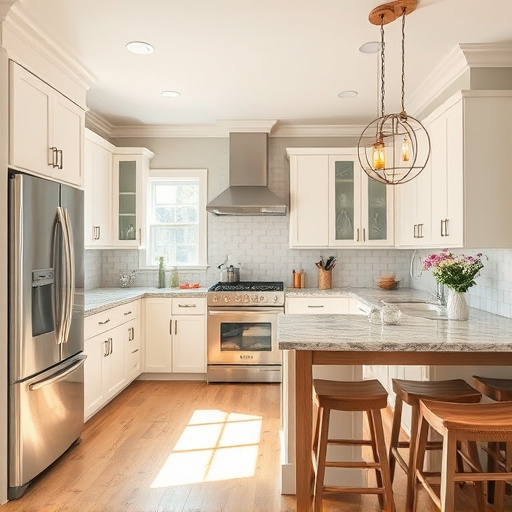
In the realm of commercial remodeling, branding isn’t just about aesthetics; it’s a powerful tool that guides design choices, creating functional spaces that resonate with a business’s identity and target audience. A well-crafted brand story translates into visual elements, from color palettes to furniture selections, shaping not just how a space looks but also how it feels. This strategic approach ensures that the final product aligns seamlessly with the client’s vision and market appeal.
Consider a company specializing in kitchen remodel services; their branding can dictate the use of warm, inviting colors and natural materials to foster a sense of home, or bold, modern designs to convey innovation and dynamism. Incorporating these brand elements into the design not only enhances the space’s visual appeal but also communicates the client’s values, making the commercial remodeling process more than just an aesthetic transformation—it becomes a means of storytelling through physical spaces.
Unconscious Bias: How Brands Shape Remodeling Preferences
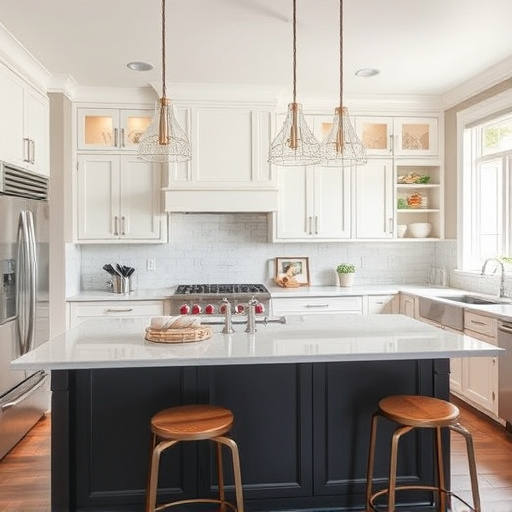
Unconscious bias plays a significant role in shaping our preferences, even when it comes to commercial remodeling. The brands we interact with daily subtly influence our perceptions and decisions. For instance, a company known for creating modern, minimalist designs might inherently be associated with sleek, open-concept spaces. As a result, when business owners consider commercial remodeling, they may unconsciously favor styles that align with these brand associations. This phenomenon is particularly noticeable in the choice of architectural elements, color palettes, and overall aesthetics.
In the realm of commercial remodeling, brands can become a powerful tool for inspiring and guiding design choices. The way a company presents itself through its branding—from logo to marketing campaigns—can transfer to the desired atmosphere and functionality of functional spaces. Even when considering home additions or home renovation projects, brand influence is evident in trends that gain popularity. This dynamic relationship between branding and design preferences highlights the intricate interplay between marketing and architecture.
Strategic Choices: Integrating Brand Identity into Spaces
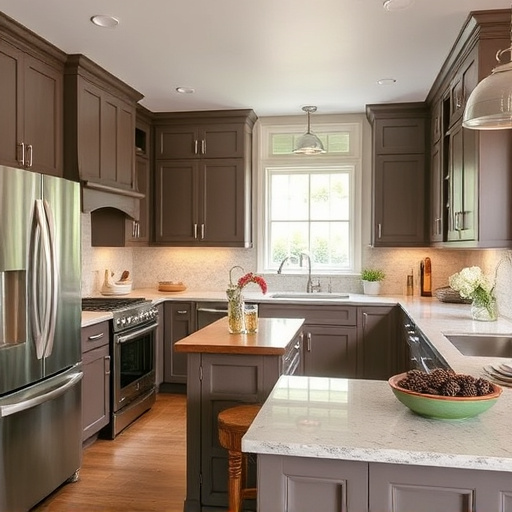
In commercial remodeling, strategic choices go beyond aesthetics; they involve seamlessly integrating brand identity into space design. This means understanding and interpreting a client’s unique brand story, values, and personality through physical elements. For instance, a tech startup might opt for an open floor plan with modern, minimalist designs to reflect its innovative and collaborative culture, while a boutique hotel could incorporate rustic, natural materials to evoke a sense of warmth and hospitality.
The integration of brand identity extends beyond the overall aesthetics, encompassing everything from color schemes and furniture selection to architectural features and lighting. Effective implementation ensures that not only does the space visually represent the brand but also engages customers in a meaningful way. Think about a restaurant’s branding: a vibrant palette and dynamic seating arrangements could mirror its energetic atmosphere, enticing diners to experience the brand firsthand, just as they would with a carefully curated bathroom remodel or comprehensive home remodeling services.
Branding significantly influences the way we perceive and interact with spaces, especially in the realm of commercial remodeling. By understanding how brands can shape preferences and design choices, professionals can create environments that not only meet client needs but also effectively communicate brand identity. Unconscious biases towards certain brands can guide or hinder design decisions, making it crucial to integrate brand elements strategically. In today’s competitive market, recognizing the power of branding in commercial remodeling is essential for creating spaces that stand out, resonate with clients, and drive business growth.

